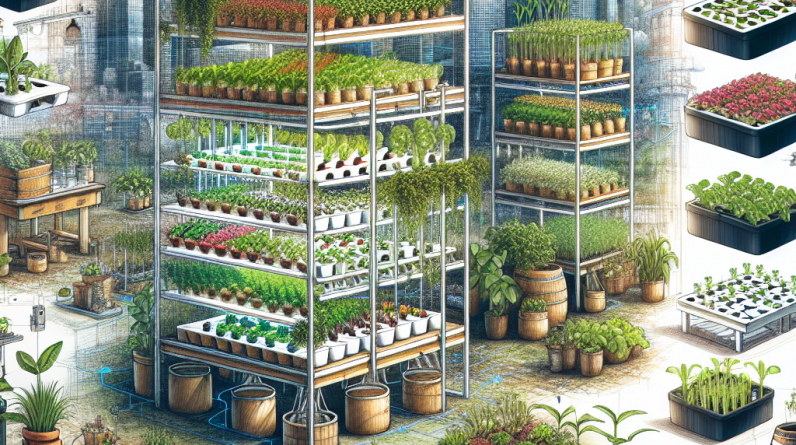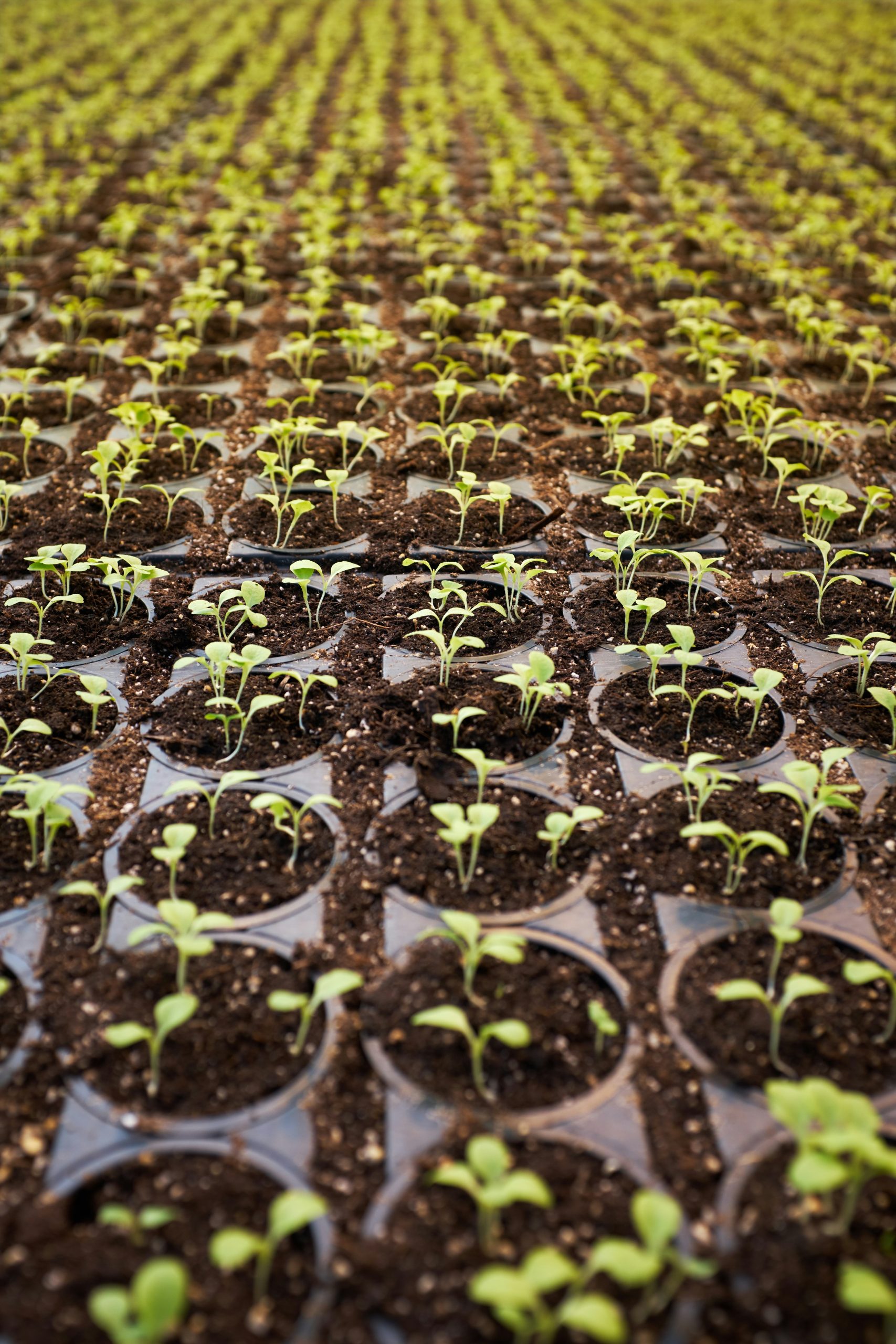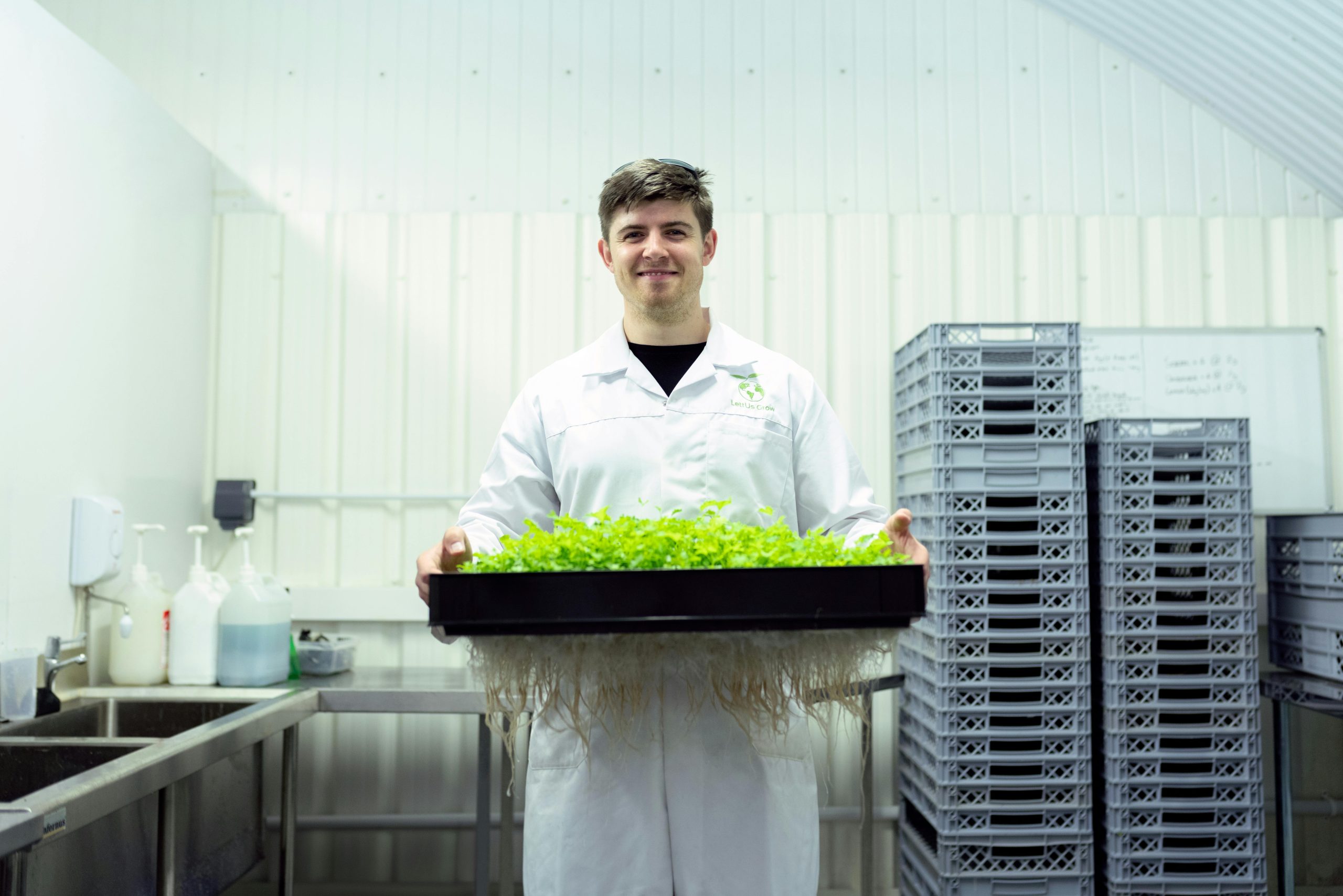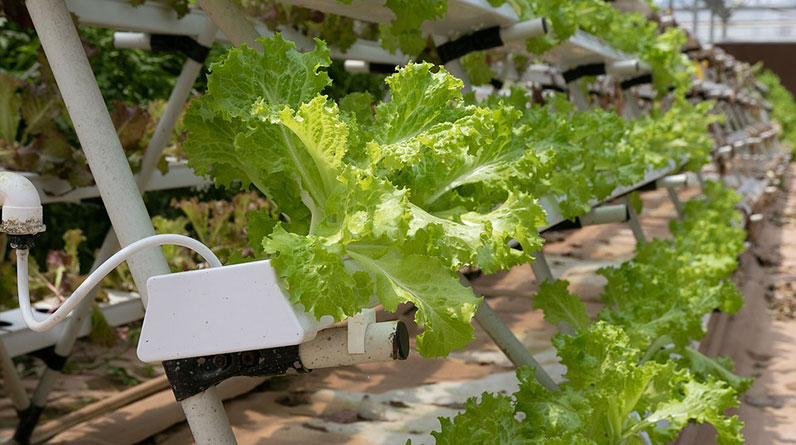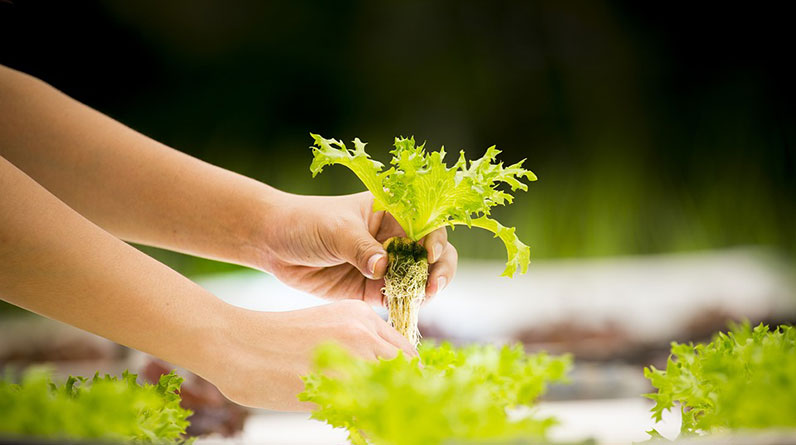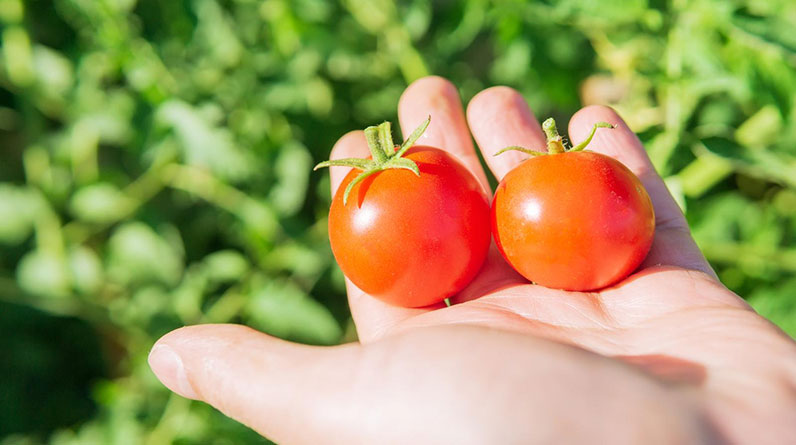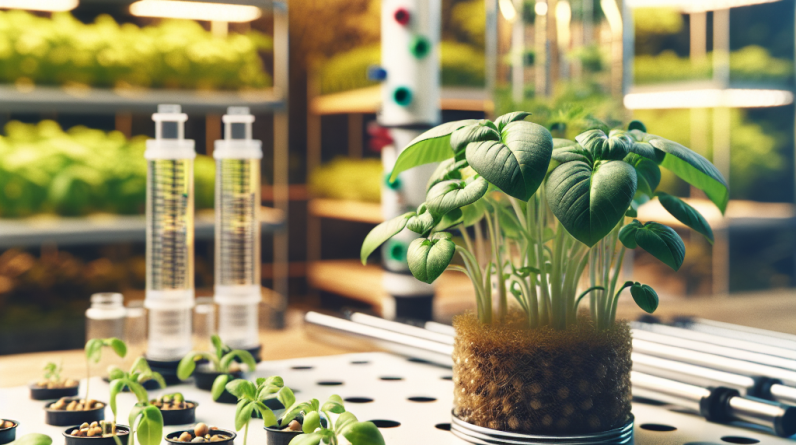
Understanding Hydroponics
What It Is and Why It Matters
Hey there! So, if you’ve ever thought about growing your own food but felt deterred by space or soil issues, hydroponics is like this magical answer to your prayers. Hydroponics is the method of growing plants without soil, which may sound weird, but trust me, it works! Plants are nurtured in a nutrient-rich water solution. You get to control every element, making it easier to fathom those mouthwatering tomatoes or crisp lettuce right at your fingertips.
The great thing about hydroponics is that it can be done indoors or outdoors, and you can customize your garden based on the space you have. This unique approach not only saves space but also uses water more efficiently, which is a huge bonus for anyone trying to be eco-friendly.
Plus, let’s face it, it’s super satisfying to watch your plants grow when you know you’re doing it right, sans the hassle of traditional gardening. It really is something special when you get to pluck fresh produce from your own setup!
The Benefits of Hydroponics
Now, let’s chat about some benefits. One major advantage is the speed of growth. Plants grown hydroponically tend to grow faster than those in soil. This is because they get the nutrients directly to their roots in a more accessible way. Imagine harvesting fresh greens and herbs just weeks after planting them! It’s pretty exciting.
Another perk is the reduced chance of pests and diseases—because there’s no soil involved, you’re less likely to deal with those pesky bugs. Also, since you’re doing controlled watering and nutrients, it’s easier to ensure nothing’s going wrong that could ruin your plants.
Finally, hydroponic systems can be set up at any scale, from a small herb garden on your kitchen counter to bigger setups in your backyard, making it adaptable for all types of gardeners—whether you’re just starting out or you’re a seasoned pro.
Getting Started with Hydroponics
If you’re eager to jump in and get started, picking the right supplies is key. You’ll need a reservoir for water, growing containers, a pump, and an air stone to keep the water oxygen-rich. It sounds fancy, but you can find kits that are pretty budget-friendly online or at local gardening stores.
Then there’s the choice of plants! I personally love growing herbs like basil and mint because they’re so versatile in cooking. Start with easy-to-grow varieties to build your confidence.
Don’t forget about the light! If you’re growing indoors, you’ll need some grow lights, especially in winter months when natural light is scarce. A simple LED grow light can work wonders without breaking the bank.
Affordable Hydroponic Systems You Can Build
Deep Water Culture (DWC)
DWC is one of the simplest hydroponic systems and can be constructed without spending a fortune. Basically, your plant roots dangle in nutrient-rich water while being constantly oxygenated by an air pump, keeping things runnin’ smooth.
You can make a DWC system using a basic storage tote or bucket. Depending on the size, it doesn’t require a lot of materials. All you need is a net pot, some hydroton (a type of growing medium), an air pump, and an air stone. Simple, right?
Honestly, seeing the plants thrive in a DWC setup was a personal favorite moment of mine. It’s rewarding to see how well they respond to this method, and it’s pretty low maintenance once everything is in place!
Nutrient Film Technique (NFT)
NFT might sound a little complicated at first, but it’s quite straightforward! What’s great about NFT is that it uses a sloped channel where a thin film of nutrient solution flows continuously past the plant roots. It’s effective, and you can build it using PVC pipes, which are cheap and easy to manipulate.
This system uses less water compared to others, making it another eco-friendly option. Plus, it encourages the plants to develop strong roots because they’re intermittently exposed to both air and the nutrients. Watching those roots grow is seriously fascinating!
For me, setting up the NFT system was a fun DIY project, and I found it exciting to check back every day to see how quickly my plants were growing. There’s so much to learn from seeing your plants thrive!
Wicking Beds
If you want a straightforward approach without too much investment, wicking beds might be your jam. It’s basically a raised bed that has a water reservoir under it. For me, the design felt like a bit of a game-changer, combining traditional gardening with hydroponic principles.
You can create one using inexpensive materials like wood for the bed and a simple bucket or tub for the water reservoir. What’s neat about wicking beds is that they are low maintenance, and you can just set it and forget it for a while while the plants drink up as they please!
This method worked wonders for my tomatoes last season. They almost took care of themselves, which was fantastic for someone like me still learning the ropes in hydroponics. I highly recommend giving it a go!
Nutrient Management Made Easy
Selecting the Right Nutrients
The right nutrients are crucial for your hydroponic plants. They’re like the superfood for plants! You need macronutrients like nitrogen, phosphorus, and potassium, along with micronutrients like magnesium and iron. There are specific hydroponic nutrient solutions available on the market, and many are affordable!
When I first started, I picked a general-purpose nutrient solution, and it worked out brilliantly. But as I got more confident, I experimented with variations tailored to specific plants, and that really made a difference in their health and yield.
Also, keep an eye on the pH of your nutrient solution. Different plants thrive at different pH levels, so you might need a pH tester and some adjustment solutions to keep things balanced.
Monitoring and Adjusting Nutrient Levels
Monitoring your nutrient levels can feel a little overwhelming at first, but I promise it’s easier than it sounds! Regular checks will help you gauge whether your plants are getting what they need. A simple chart can help you keep track of nutrient levels over time.
I set reminders for myself to check weekly, and writing down observations helped me figure out when to adjust my mix. If you notice yellowing leaves, it’s often a sign they’re craving a little more love in the nutrient department.
Also, be sure to change your nutrient solution regularly—typically every 2-3 weeks. Fresh nutrients will keep your plants happy and healthy!
Organic vs. Synthetic Nutrients
One thing I learned along the way is the choice between organic and synthetic nutrients. Organic options are derived from natural sources, while synthetic ones are manufactured. Personally, I found that organic nutrients added a richness to the flavor of the harvested produce, which was a nice bonus!
If you’re looking to go more natural, you can explore compost teas or other organic solutions that promote health without the chemicals. However, synthetic options can be easier to measure and mix, especially for beginners.
It’s all about your preferences and what you want from your hydroponic setup. Evaluate your goals, and you’ll find the right nutrients for your gardening adventure!
Conclusion and Takeaways
In the end, setting up a budget-friendly hydroponic system can be rewarding and surprisingly easy once you grasp the concepts. With systems like DWC, NFT, and wicking beds, you can grow fresh produce even with a tight budget and some creativity.
Remember, start with simple plants, keep monitoring your nutrient levels, and most importantly, enjoy the process! It’s a journey of discovery, so embrace those little hiccups along the way and keep experimenting.
Happy gardening!
FAQs
1. What is hydroponics?
Hydroponics is a method of growing plants without soil, using a nutrient-rich water solution instead. It allows for faster growth and less space required compared to traditional gardening.
2. Are hydroponic systems expensive to set up?
No, many hydroponic systems can be built on a budget, utilizing simple materials like storage bins, PVC pipes, and basic pumps. There are also affordable kits available for beginners.
3. Can I grow any type of plant using hydroponics?
While you can grow many types of plants hydroponically, herbs, greens, and some fruits like tomatoes and strawberries tend to do particularly well in these systems.
4. How do I know if my plants need more nutrients?
If your plants show signs of yellowing leaves or stunted growth, it may indicate they’re not getting enough nutrients. Regular checks on your nutrient solution can help you adjust as needed.
5. Is it hard to maintain a hydroponic system?
It might seem tricky at first, but with consistent monitoring and care, it becomes a straightforward routine. Start simple, and as you gain experience, maintaining it will feel like second nature!


